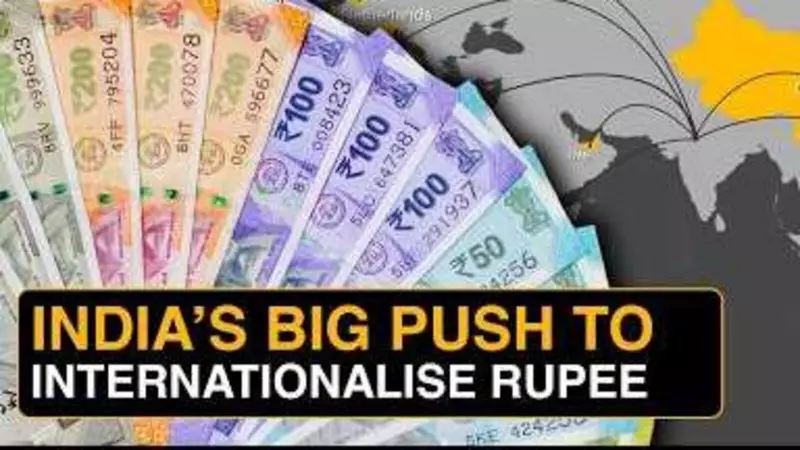
In a bold strategic maneuver, India is accelerating its campaign to transform the rupee into a globally recognized currency, positioning itself as a stable alternative amid potential economic turbulence triggered by former US President Donald Trump's proposed tariff shocks.
The Global Currency Ambition
India's concerted effort to internationalize its currency represents a significant shift in global financial dynamics. As the world's fifth-largest economy, India aims to reduce its dependence on the US dollar and establish the rupee as a credible medium for international trade and investment.
Trump's Tariff Impact: A Catalyst for Change
The looming possibility of Trump's return to power with aggressive tariff policies has created ripples across global markets. His proposed 10% universal baseline tariff and potential 60% tariffs on Chinese goods could disrupt established trade patterns, prompting nations like India to seek financial independence.
Strategic Advantages for India
This currency internationalization push offers multiple benefits:
- Reduced Forex Vulnerability: Diminished reliance on dollar reserves
- Trade Efficiency: Simplified cross-border transactions with partner nations
- Economic Sovereignty: Greater control over monetary policy and trade terms
- Global Influence: Enhanced positioning in international financial institutions
The Implementation Roadmap
India has been strategically laying the groundwork through bilateral trade agreements in local currencies, expanding rupee-denominated bond markets, and establishing currency swap arrangements with key trading partners. These measures aim to create an ecosystem where the rupee can function effectively in international transactions.
Challenges and Opportunities
While the path to currency internationalization presents hurdles including convertibility issues and market depth concerns, the current global economic climate presents a unique window of opportunity. The potential disruption from US tariff policies could accelerate the search for alternative financial systems, positioning India advantageously.
This strategic pivot comes at a crucial juncture in global economics, where traditional financial alliances are being reconsidered and emerging economies are asserting their influence on the world stage.





